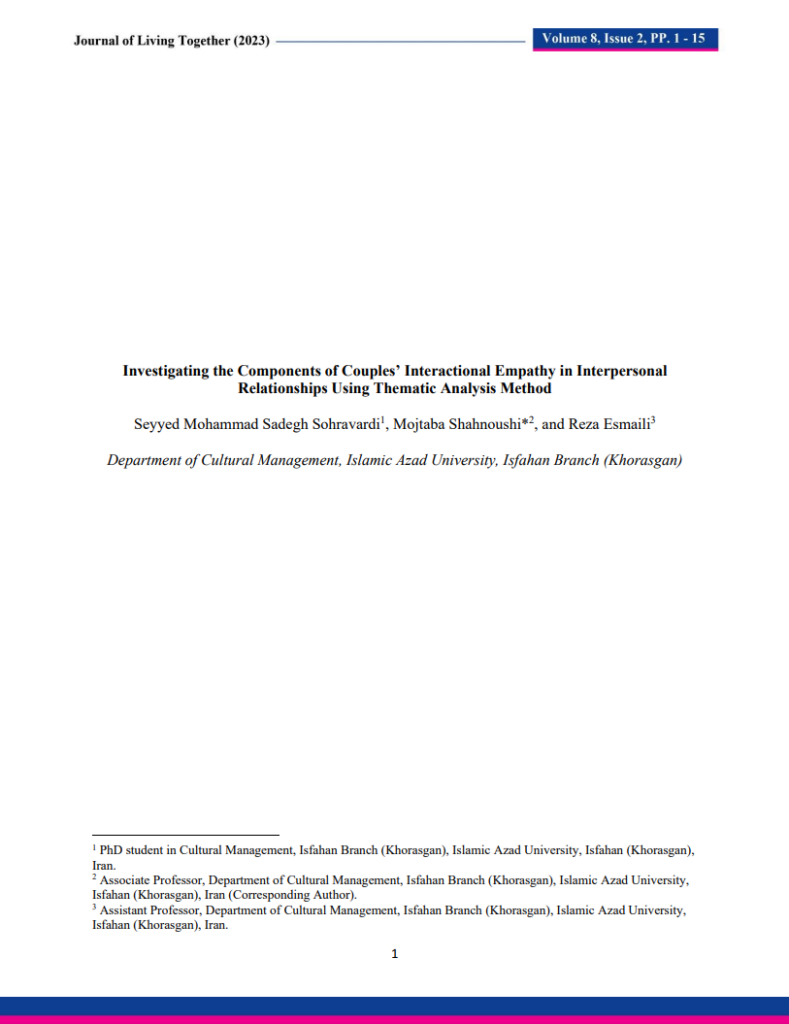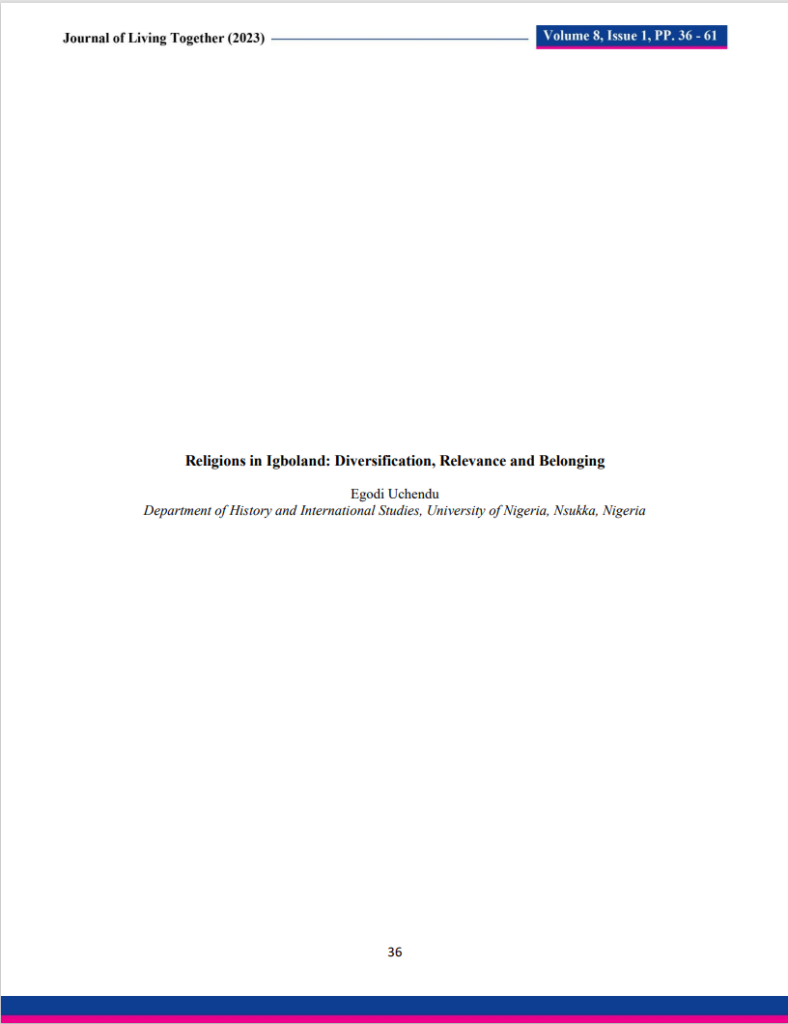Racially Motivated Conflict Mediation: A Comprehensive Guide and Step-by-Step Process

Racially Motivated Conflict Mediation
In an increasingly diverse world, racial conflicts can arise, and it is crucial to address them through effective racially motivated conflict mediation. Mediating racially motivated conflicts is an essential skill set for creating a more harmonious and inclusive society. This type of mediation requires a delicate balance of empathy, cultural understanding, and a commitment to fostering dialogue.
What is Racially Motivated Conflict Mediation?
Racially motivated conflict mediation is a specialized form of conflict resolution that focuses on addressing disputes, tensions, or hostilities arising from racial or ethnic differences. This mediation process is designed to foster constructive dialogue, understanding, and reconciliation among individuals or groups who find themselves in conflict due to perceived racial or ethnic disparities.
The primary goals of racially motivated conflict mediation include creating a safe and neutral space for communication, promoting empathy, facilitating active listening, and collaboratively developing solutions that address the underlying causes of the conflict. Mediators in this context are trained professionals who guide participants through a structured and empathetic process, encouraging open dialogue, exploring common ground, and working towards resolutions that promote inclusivity, equity, and harmony within diverse communities.
This comprehensive guide aims to provide a step-by-step process for mediating racially motivated conflicts, promoting understanding, and fostering a more inclusive society.
Step 1: Educate Yourself – Self-Reflection and Awareness
Before embarking on a racially motivated conflict mediation process, it’s essential to educate yourself about the specific racial and cultural dynamics involved. This form of education involves engaging in self-reflection and cultivating a deep awareness of one’s own biases and cultural perspectives. Understanding personal prejudices allows the mediator to approach the conflict with empathy and authenticity, fostering an environment conducive to open dialogue.
A racially motivated conflict mediator should endeavor to understand the historical context, social issues, and the experiences of the communities in conflict. This knowledge will help you approach mediation with sensitivity and cultural competence.
In addition, it is important to gain a deep understanding of the dynamics at play, including power imbalances, and systemic issues contributing to the conflict. A thorough analysis of the root causes will inform the mediator’s approach and help in crafting a resolution strategy that addresses the underlying issues.
Step 2: Establish a Safe and Neutral Environment
Create a safe and neutral space for the mediation process. Choose a location that is comfortable for all parties and free from distractions. The goal is to make everyone feel physically and emotionally secure and encourage open communication.
Creating a neutral and safe space is crucial for productive mediation. Choose a setting where all parties can freely express themselves without fear of judgment or reprisal. This may involve selecting a neutral venue, and ensuring the presence of a mediator who is unbiased and trained in conflict resolution.
A neutral meeting space is the cornerstone of effective mediation. The mediator must be perceived as impartial by all parties involved. Building trust is crucial, and this begins with open communication, transparency, and a commitment to fairness. The mediator should create an environment where participants feel safe to express their concerns, thoughts, and emotions without pressure or manipulation.
Step 3: Preparing for the Mediation Session: Identify the Parties Involved
Preparation is key to a successful mediation process. The pre-mediation preparation includes identifying and inviting all relevant parties to participate in the mediation. This may include individuals directly involved in the conflict, community leaders, and other stakeholders.
Ensure diverse representation to facilitate a more comprehensive understanding of the issues at hand. Conduct pre-mediation meetings with each party separately to gather insights, identify goals, and address any concerns.
Clearly define the issues at hand and the goals of the mediation process. Identifying specific concerns and desired outcomes helps streamline the conversation and provides a roadmap for resolution. Encourage participants to share their perspectives on the root causes of the conflict, acknowledging the complexity of racial issues.
Step 4: Set Ground Rules
Establish clear ground rules for the mediation session and ensure that participants understand the purpose of mediation – fostering understanding and finding common ground. These rules should emphasize respect and active listening. Encourage participants to share their perspectives openly but respectfully.
Promoting open and honest communication is pivotal in addressing racially motivated conflicts. Encourage participants to express their feelings, concerns, and experiences without interruption. Establishing a culture of respect and understanding is fundamental to creating an environment where everyone feels heard.
Step 5: Identify Core Issues and Common Goals
Work collaboratively with the conflicting parties to identify the core issues causing tension. These may include misunderstandings, stereotypes, or historical grievances. By addressing the root causes, the mediation process can move toward meaningful resolution.
Explore common ground and shared goals among the parties. Highlighting shared interests can create a foundation for collaboration and understanding. Encourage participants to find common values that can serve as a basis for resolution. Finding common ground helps bridge gaps and creates a sense of unity, emphasizing the shared humanity that transcends racial differences.
The mediator’s role is to facilitate open and constructive communication between parties. This involves guiding discussions, asking open-ended questions, and reframing statements to encourage empathy and understanding. It’s essential to create an atmosphere where participants can express themselves without resorting to blame or hostility.
Through dialogue, the mediator helps participants identify common ground and shared goals. Emphasizing shared humanity and interconnectedness can shift the focus from differences to similarities, paving the way for collaborative problem-solving. Encourage participants to articulate their needs and interests rather than rigid positions.
Step 6: Facilitate Empathy
Promote empathy by encouraging participants to understand each other’s perspectives. Use exercises or storytelling to foster a deeper understanding of the experiences and emotions involved. This step is crucial for breaking down stereotypes and preconceptions.
Use active listening techniques to demonstrate empathy and validate participants’ emotions. During the mediation session, active listening takes center stage. The mediator must listen attentively to each party’s perspective, validating their feelings and experiences. Empathy plays a crucial role in building bridges between conflicting parties. Participants should feel heard and understood, creating a foundation for meaningful dialogue.
Help participants develop empathy by sharing personal experiences and emotions. This humanizes the conflict, making it easier for individuals to relate to one another on a deeper level. Encourage participants to see the world through each other’s eyes, fostering understanding and compassion.
Step 7: Brainstorm Solutions
Once common ground is established, the mediation process moves toward brainstorming potential solutions and negotiating compromises. The mediator helps participants explore various options for settlement. This phase requires creativity, innovation, and flexibility to address the unique aspects of racially motivated conflicts.
Step 8: Reach a Consensus
Work towards a consensus on actionable steps that all parties can commit to. Ensure that the agreed-upon solutions address the root causes of the conflict and contribute to long-term positive change.
Aiming for win-win resolutions ensures that everyone involved feels heard and valued. The focus should be on solutions that promote equity, understanding, and inclusivity. Mediators can guide this process, helping participants explore compromises and mutually beneficial outcomes.
Step 9: Draft a Mutual Agreement and Develop an Action Plan
Once an agreement is reached, the mediator facilitates the drafting of a formal document outlining the terms and commitments made by all parties. This document should be clear, concise, and comprehensive, addressing the root causes of the conflict and providing a roadmap for future collaboration.
In addition, mediators are encouraged to help the parties create a concrete action plan outlining the steps each participant will take to implement the agreed-upon solutions. Establish timelines and accountability measures to ensure commitment to the resolution.
Step 10: Follow-Up and Support
Establish a follow-up plan to monitor the progress of the agreed-upon solutions. Offer ongoing support for implementation and provide resources for continued education and dialogue. Building lasting relationships and maintaining open communication is essential for preventing future conflicts. Periodic follow-ups are essential to monitor progress and address any new concerns that may arise.
Conclusion
Mediating racially motivated conflicts is a complex and sensitive process that requires dedication, patience, cultural competence, open communication, empathy, collaboration, and a commitment to fostering understanding. It also requires a nuanced approach that considers the complexities of cultural, historical, and systemic factors. By following this comprehensive guide and finding common ground, mediators can play a pivotal role in fostering understanding, dismantling prejudices, breaking down barriers, and promoting lasting reconciliation in our diverse communities.
Discover the opportunity to enhance your professional skills in mediating racially motivated conflicts through our specialized training in ethno-religious mediation.


